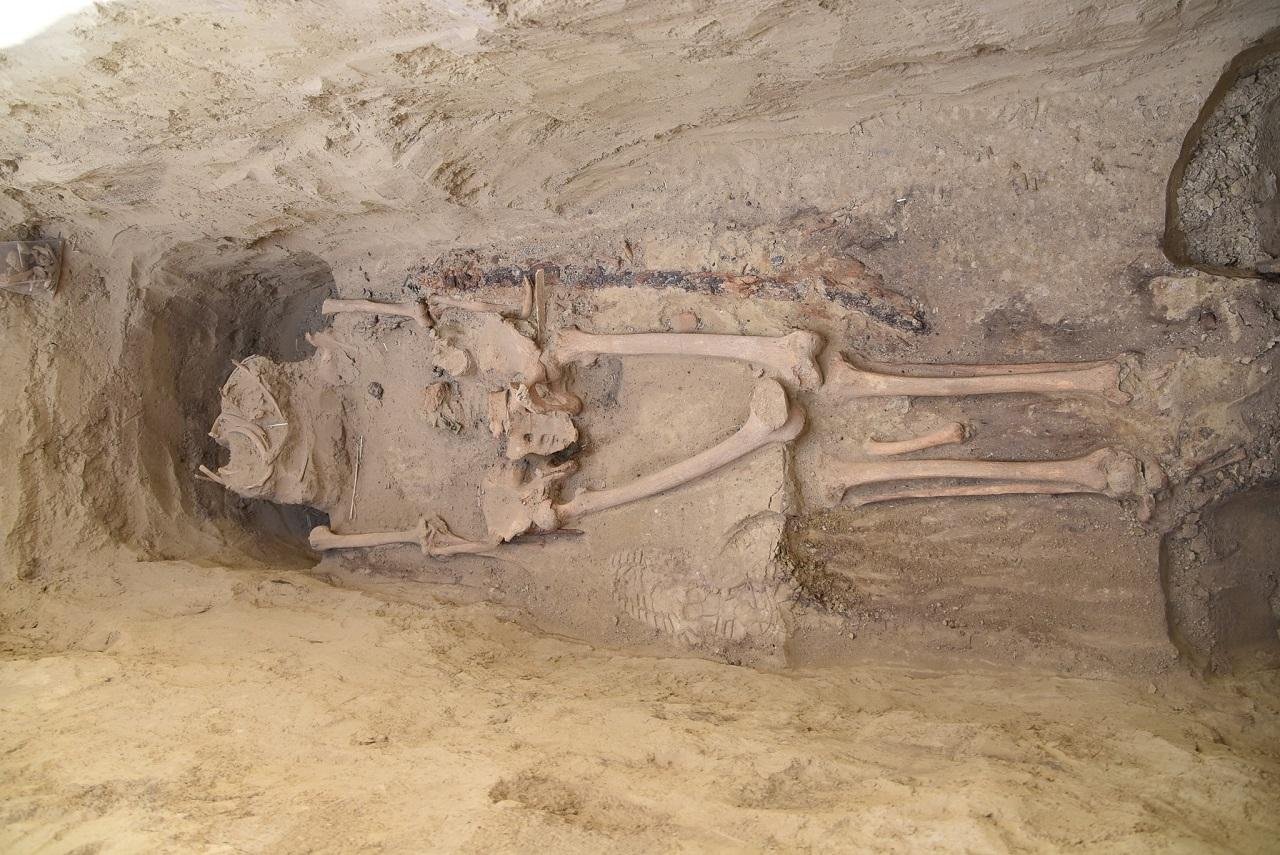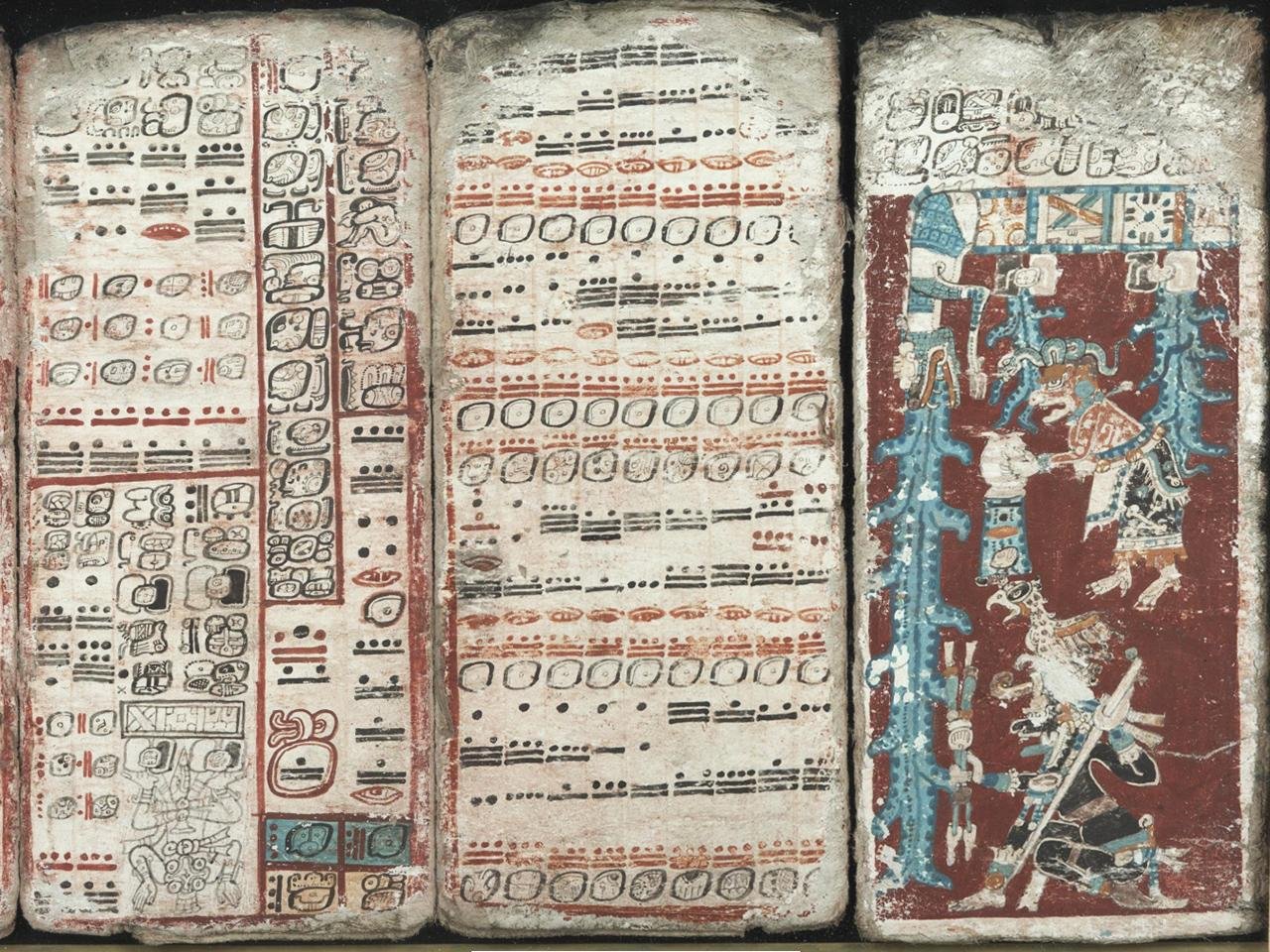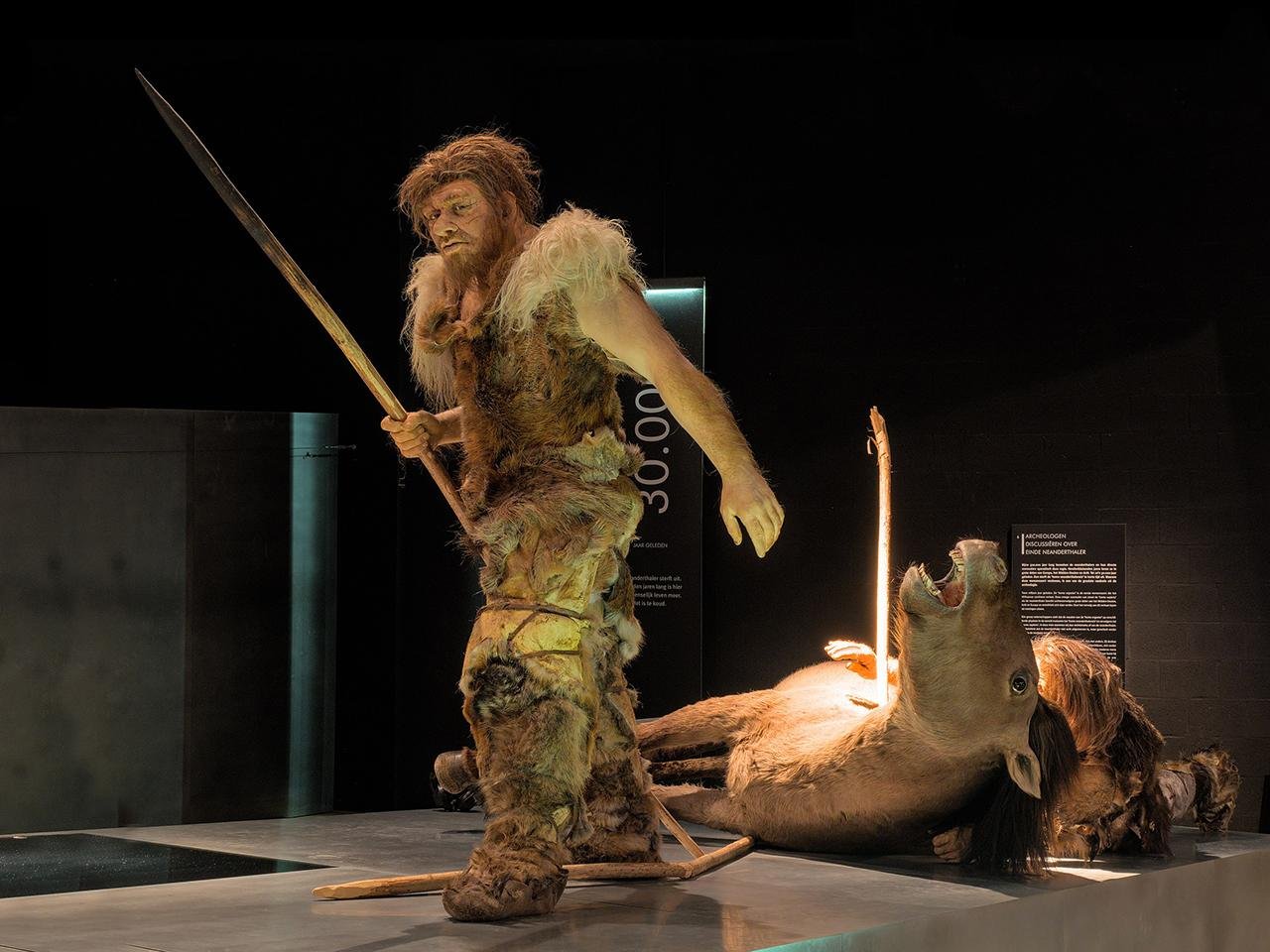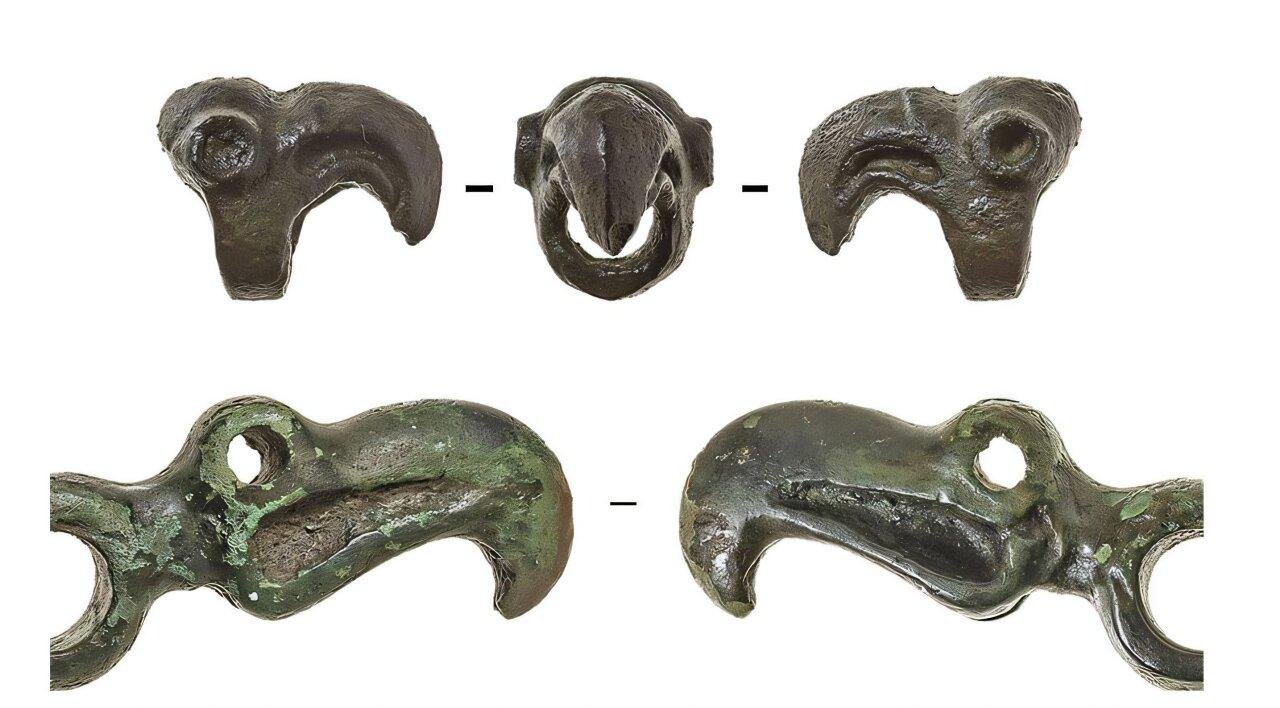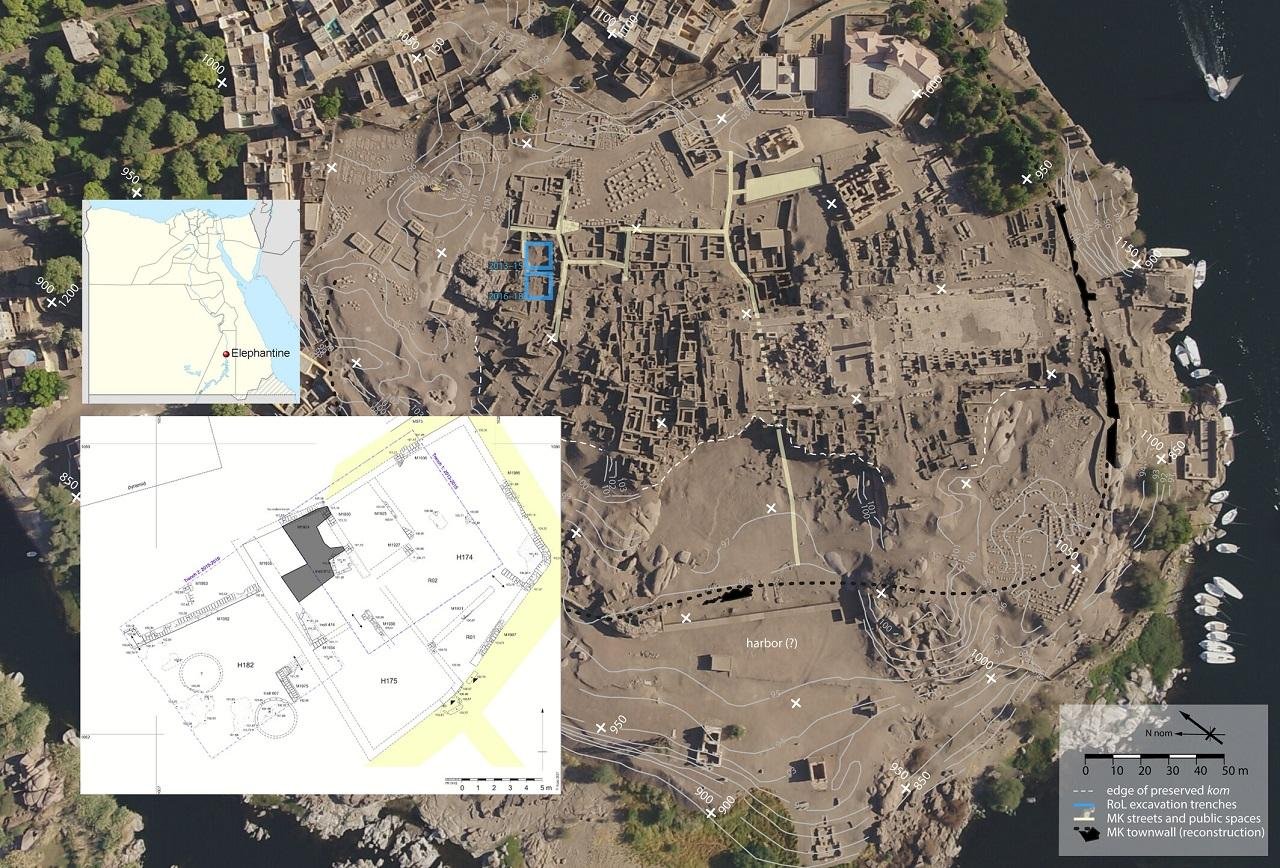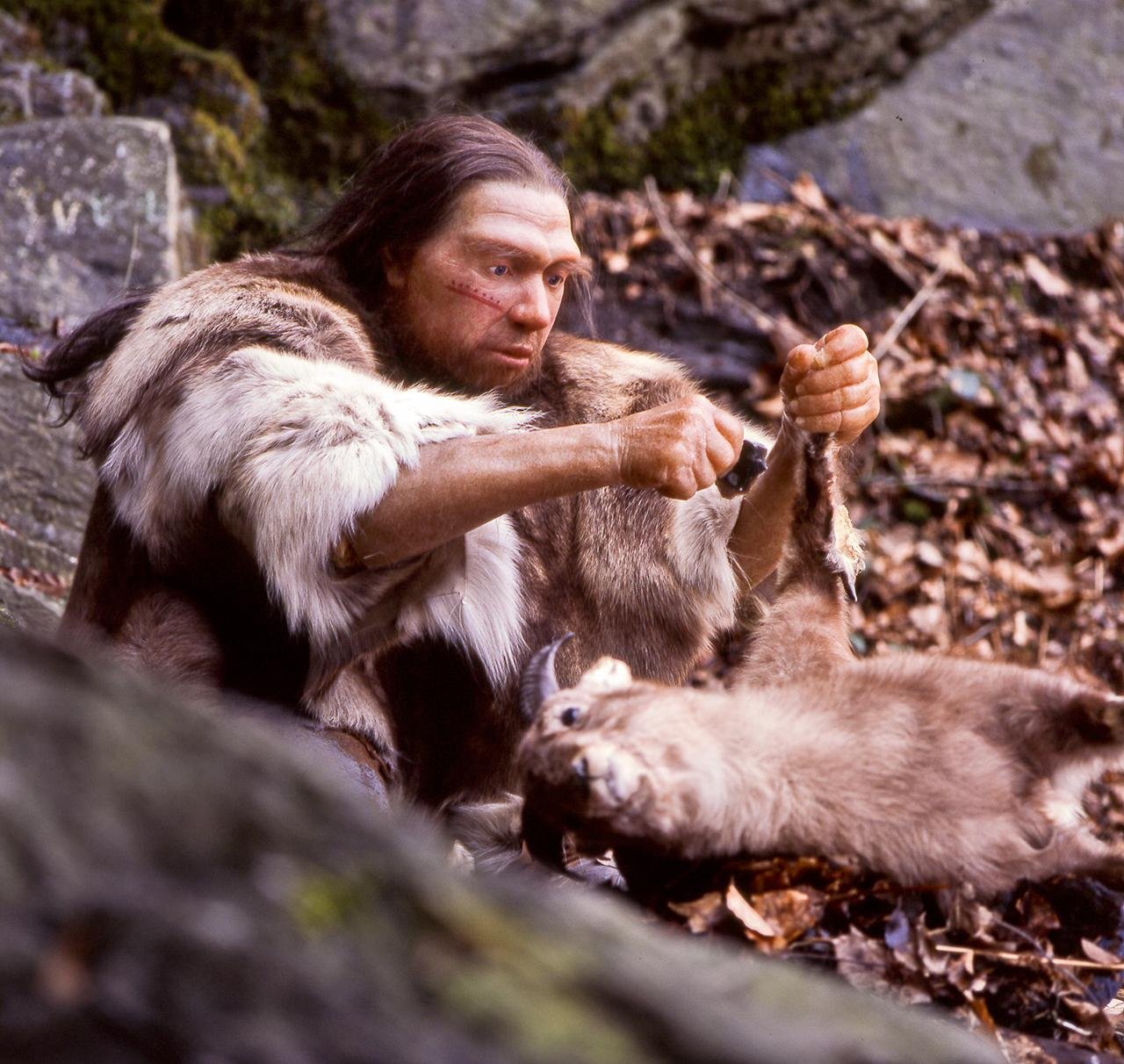A recent study using artificial intelligence is reshaping our understanding of the ᴅᴇᴀᴅ Sea Scrolls, suggesting many of the scrolls are older than previously believed. The research, by University of Groningen Professor Mladen Popović and published in the journal PLOS One, employed radiocarbon dating combined with AI-based handwriting analysis to re-date the scrolls—some of which now appear to be 50 to 150 years older than initially estimated.
 AI reveals ᴅᴇᴀᴅ Sea Scrolls may be older than previously thought. Credit: Ken and Nyetta / CC BY 2.0
AI reveals ᴅᴇᴀᴅ Sea Scrolls may be older than previously thought. Credit: Ken and Nyetta / CC BY 2.0
The ᴅᴇᴀᴅ Sea Scrolls, discovered between 1946 and 1947 in the Qumran caves near the ᴅᴇᴀᴅ Sea, are the earliest surviving texts of the Hebrew Bible. Written mainly in Hebrew, but also in Aramaic and Greek, the scrolls are religious texts, legal documents, and calendars, and date back from the third century BCE to the second century CE.
Traditionally, the scrolls were dated using paleography—analysis of ancient handwriting—and, subsequently, by radiocarbon dating. However, numerous scrolls were coated with castor oil in the 1950s to enhance legibility, which compromised the accuracy of early radiocarbon dating. For the new study, the researchers first cleaned 30 samples of manuscripts to remove this contamination. Of those, 27 were successfully radiocarbon-dated and showed that although some fragments were more recent than before, most were much older.
To advance the process of dating, researchers developed an AI model named Enoch, referencing the biblical figure who was known for his wisdom and scientific knowledge in Jewish culture. The AI learned to read the fine distinctions in handwriting styles from 62 digital images of ink traces on 24 radiocarbon-dated scrolls. The AI was then validated using 13 new samples and tested on 135 undated scrolls. In 79% of the cases, paleographic experts deemed the age estimates provided by Enoch “realistic.”
 Enoch’s date prediction estimate for 4Q319. (a) from full spectrum color image to binarized image to 14C plot for 4Q259 that went into the training of Enoch. (b), from full spectrum color image to binarized image to Enoch’s date prediction plot for 4Q319 (see also illustration 9 in S5 Appendix). Red bars represent the probability of each date bin. The blue curve shows the smoothed distribution. Grey spikes indicate the local uncertainty of the estimate. Credit: Popović et al., 2025, PLOS One, CC-BY 4.0
Enoch’s date prediction estimate for 4Q319. (a) from full spectrum color image to binarized image to 14C plot for 4Q259 that went into the training of Enoch. (b), from full spectrum color image to binarized image to Enoch’s date prediction plot for 4Q319 (see also illustration 9 in S5 Appendix). Red bars represent the probability of each date bin. The blue curve shows the smoothed distribution. Grey spikes indicate the local uncertainty of the estimate. Credit: Popović et al., 2025, PLOS One, CC-BY 4.0
“We have opened a new door into the ancient world, like a time machine,” said Popović. “It allows us to study the hands that wrote the Bible, especially now that we have established, for the first time, that two biblical scroll fragments come from the time of their presumed authors.”
An interesting example is the scroll 4Q114, containing chapters from the Book of Daniel. Earlier handwriting analysis had dated it to the late second century BCE. Enoch’s estimate ranges between 230 BCE and 160 BCE, overlapping with the lifetime of the presumed author of the text.
 The Great Psalms Scroll (11Q5), one of the 981 texts of the ᴅᴇᴀᴅ Sea Scrolls. Credit: Israel Antiquities Authority
The Great Psalms Scroll (11Q5), one of the 981 texts of the ᴅᴇᴀᴅ Sea Scrolls. Credit: Israel Antiquities Authority
The research also revealed that two types of writing styles, namely Hasmonean and Herodian scripts, coexisted for a longer period than previously believed. In another surprising case, Enoch dated one of the copies of Ecclesiastes to a period consistent with its presumed author, a level of precision that could rewrite scholars’ interpretation of the development of Jewish thought during the period.
Popović and his colleagues believe Enoch’s potential is greater than the ᴅᴇᴀᴅ Sea Scrolls. The tool can be employed to date dozens of other manuscripts that are yet to be dated from various historical contexts, without destroying even tiny samples for carbon dating.
More information: Popović M, Dhali MA, Schomaker L, van der Plicht J, Lund Rasmussen K, La Nasa J, et al. (2025) Dating ancient manuscripts using radiocarbon and AI-based writing style analysis. PLoS One 20(6): e0323185. doi:10.1371/journal.pone.0323185
